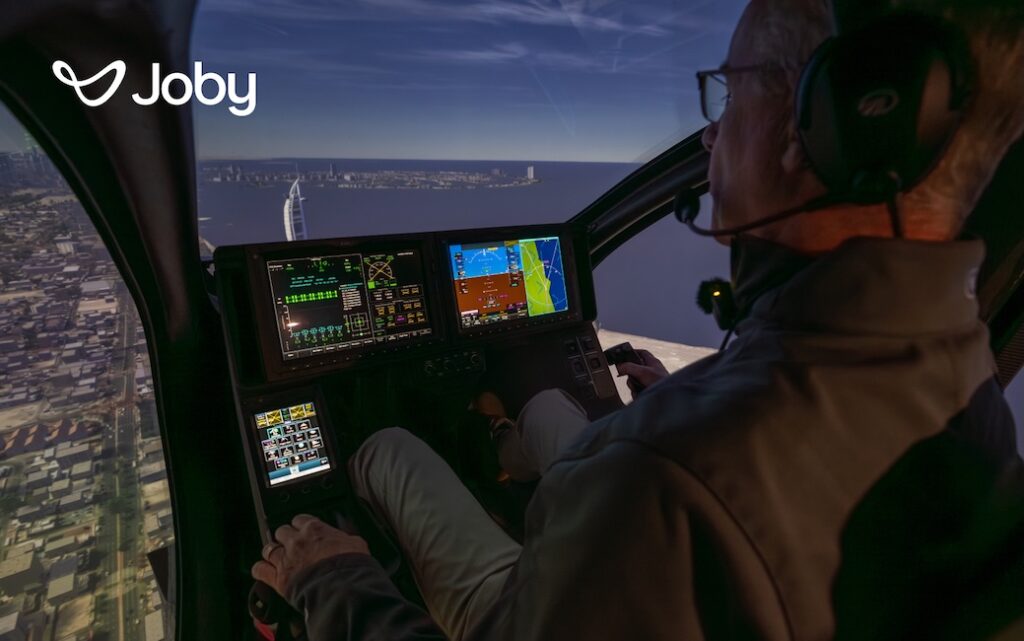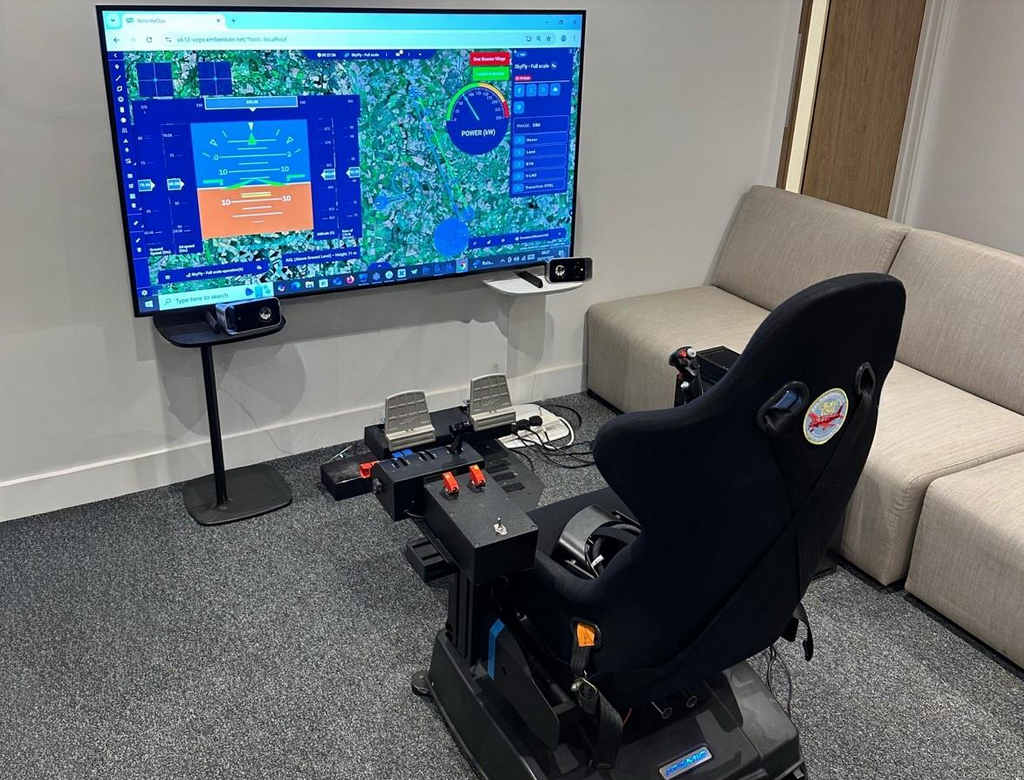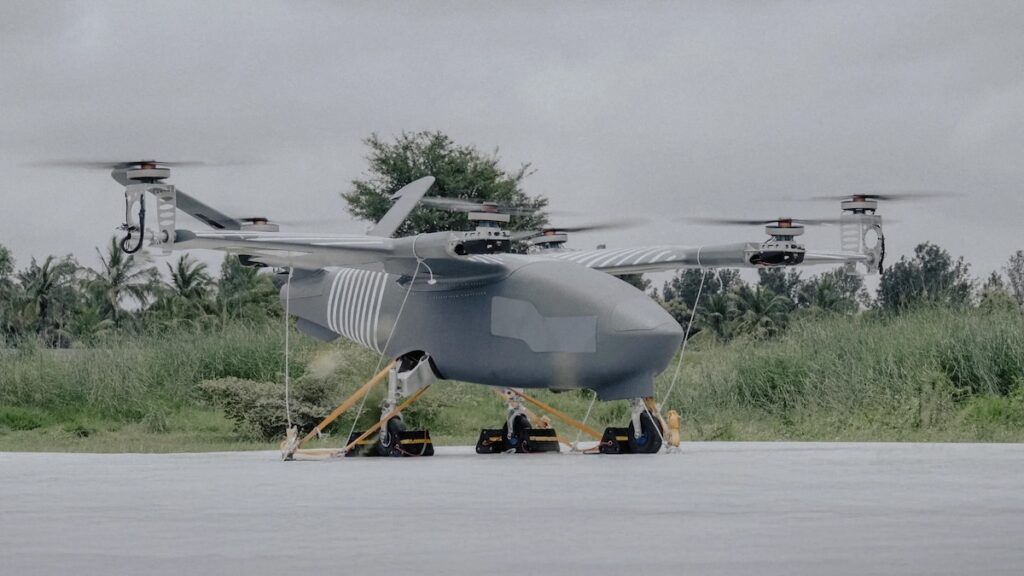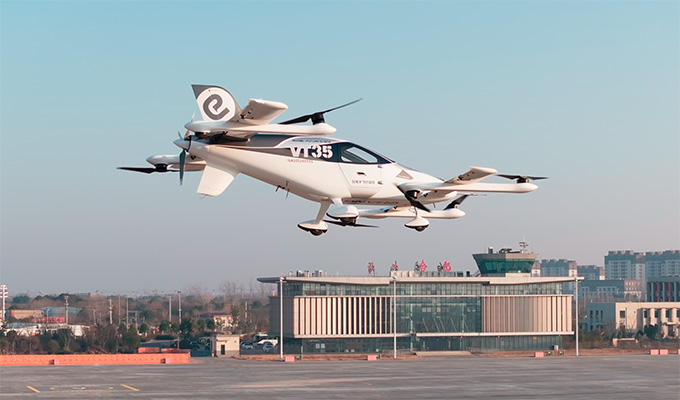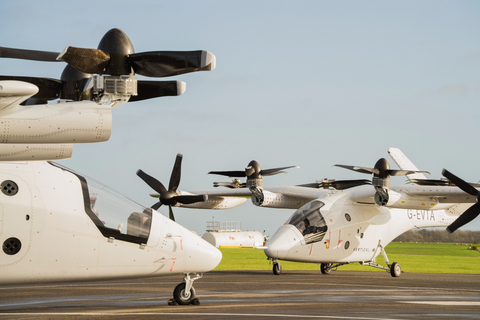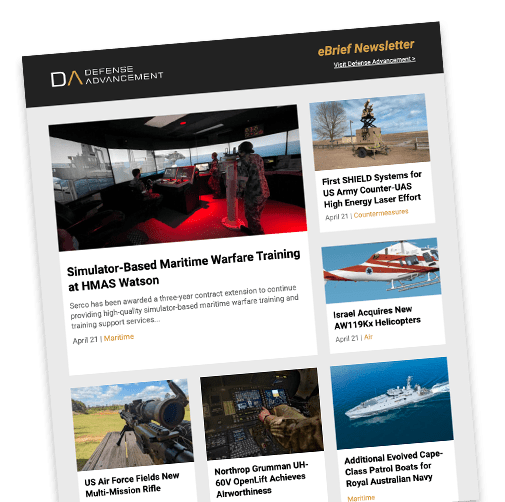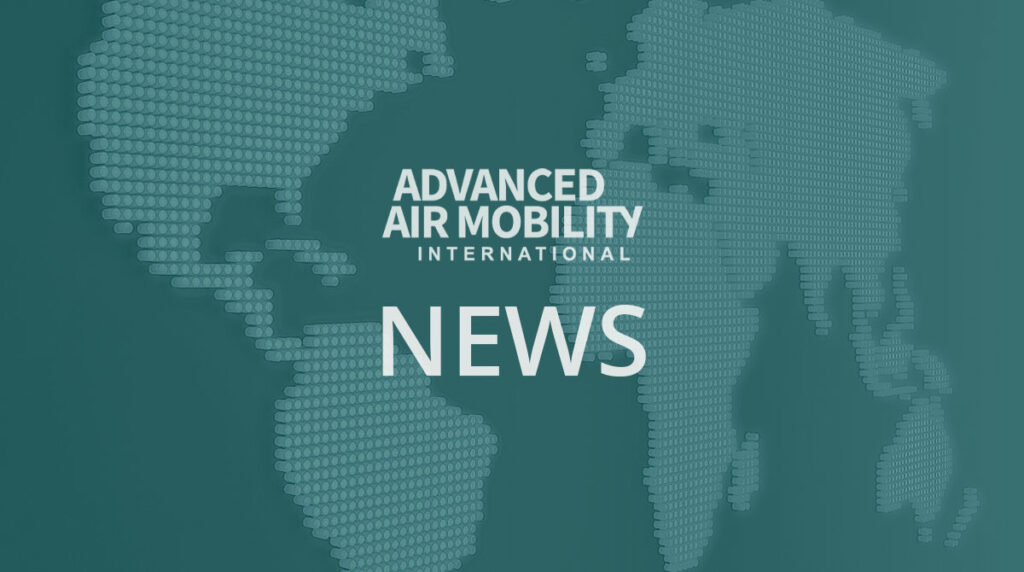
The Federal Aviation Administration (FAA) has revealed that its ready for air taxis, cargo delivery, and a variety of operations within urban and rural areas.
This will be the first completely new category of civil aircraft since helicopters were introduced in the 1940s.
The agency has issued a final rule for the qualifications and training that instructors and pilots must have to fly aircraft in this “powered-lift” category, which have characteristics of both airplanes and helicopters.
The rule also addresses their operational requirements, including minimum safe altitudes and required visibility. The rule is the final piece in the puzzle for safely introducing these aircraft in the near term. The opportunities for the use of powered lift operations are far reaching, from transporting passengers in urban areas and short-haul operations such as air ambulance services and cargo operations to potentially serving smaller communities over time.
FAA Administrator Mike Whitaker said; “The FAA will continue to prioritize the safety of our system as we work to seamlessly integrate innovative technology and operations. This final rule provides the necessary framework to allow powered lift aircraft to safely operate in our airspace. Powered lift aircraft are the first new category of aircraft in nearly 80 years and this historic rule will pave the way for accommodating wide-scale Advanced Air Mobility (AAM) operations in the future.”
The FAA previously determined it could certify powered-lift using existing regulations and updated other regulations so air taxis could be used commercially. Last year the agency released a blueprint for how Urban Air Mobility vehicles will operate, which is a key element in maturing the overall AAM concept.
A new pilot-training and qualifications rule was needed because existing regulations did not address this new category of aircraft, which can take off and land vertically like a helicopter and fly like an airplane during cruise flight. The rule provides a comprehensive framework for certifying the initial cadre of powered-lift instructors and pilots.
The rule:
- Makes changes to numerous existing regulations and establishes a Special Federal Aviation Regulation (SFAR) with new requirements to facilitate instructor and pilot certification and training.
- Applies helicopter operating requirements to some phases of flight and adopts a performance-based approach to certain operating rules.
- Allows pilots to train in powered-lift with a single set of flight controls; legacy rules require two flight controls – one for the student and one for the instructor.



